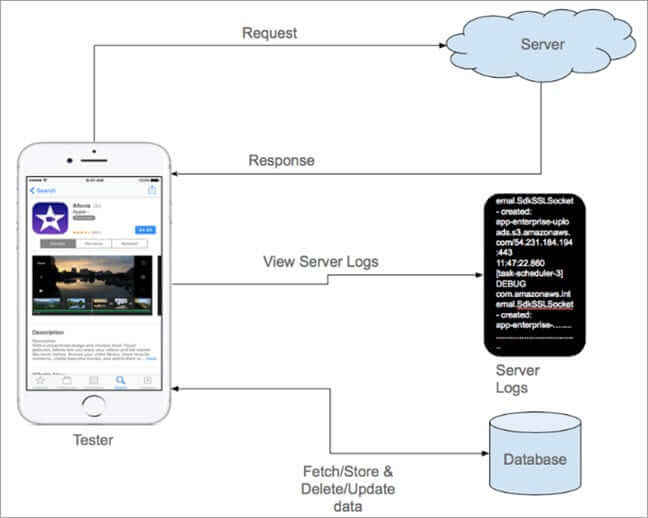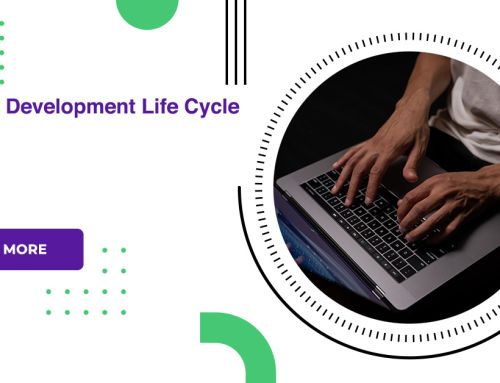How To Generate Test Link For Mobile Apps
Mobile testing approach, the main steps of the mobile testing method, requires Android and iOS mobile app testing will be considered in this article.
The developers are looking for better careers in mobile app development. The markets are ultimately getting deluged with millions of apps. But the truth is only a few can achieve their mark and dominate the mobile world. In such a high ability ratio, you have to be sure that apart from offering something creative and impressing to your customers your application should also be free from any errors. And hence, mobile app testing is becoming very significant.
What is mobile app testing?
Testing Mobile application is to test the mobile application’s utility, performance, and consistency errors. Testing a mobile application is very essential for every mobile app.

Types of mobile app testing
Functional testing: It assures that the application is working as per the requirements. Most of the tests conducted for this is driven by the user interface and call flow.
Laboratory testing: Generally carried out by network carriers, it is done by reproducing the complete wireless network. This test is performed to find out any errors when a mobile application uses a data connection to function some performance.
Interrupt testing: An application while performing may face multiple blackouts like incoming calls or network coverage outage and recovery.
Performance testing: Undertaken to check the performance and habits of the application under certain conditions such as a low battery, bad network coverage, low accessible memory, continuous access to the application’s server by several users, and other conditions. The Performance of an application can be affected by two sides: the application’s server-side and client’s side. Performance testing is accomplished to check both.
Memory leakage testing: Memory leakage happens when a computer program or application is not able to manage the memory it is allocated resulting in poor functions of the application and the overall slowdown of the system. As mobile devices have important constraints of available memory, memory leakage testing is necessary for the proper functioning of an application.
Stages of mobile app testing

Documentation testing
The initiating of mobile testing takes place from Documentation testing – preliminary stage.
Even before the establishment of the app starts the testers are handed over screen layouts, aquatic charts, and other requirements that are ambiguous on the design.
Functional testing
Functional testing helps you test even if your mobile application works as expected and in agreement with the required stipulations. Keep it your mind when you operating functional testing:
Business functionality of your app like banking, social networks, food delivery, studies, booking tickets, the game, online shopping, and industry, etc.
• Focus audience like companies, students, entrepreneurs, industries, etc.
• Distribution channels like Google Play, App Store, etc.
Usability testing
Usability testing assures that your application offers favorable browsing to your customers and makes an instinctive interface that accepts by industry structure. It ensures fast and simple to use applications.
The utility of your application is determined based on three criteria:
- Satisfaction
- Efficiency
- Effectiveness
User interface testing
User Interface (UI) testing promises that your application’s GUI meets all the needed stipulations.
Compatibility (Configuration) testing
Compatibility (Configuration) testing approves the optimal functions of your application on various devices based on their size, version, hardware, etc.
Performance testing
Performance testing helps you test your application response and steadiness under the specific workload.
Security testing
Security testing approves the security features of your application. It also analyzes the risks of application hackers, safeguards, viruses, and unauthorized access to extremely conscious data.
Recovery testing
Recovery testing tests the capability of your application to combat and successfully recover from possible and capable failures caused by software issues, hardware failures, or communication problems.
Localization testing
Localization testing tests the accessibility of your application for a specific focus at the audience based on cultural specifics.
Change-related testing
When testing is complete, you might find some bugs, resulting in a certain piece of code to change to remove those bugs. After these code changes you again need to carry out a round of testing.
Beta testing
Beta testing is done by real users on real devices to approve utility, functionality, compatibility, and reliability testing.
Certification testing
Certification testing tests even if your application meets the standards, licensing arrangements, terms of use, and necessities of stores like the App Store, Google Play, and Windows Phone, etc.
Conclusion
The mobile technology is growing promptly and changing every day. Today everything is done by mobile. People use their mobile devices while on public transportation, online purchase, education purpose, at a sporting event, and anytime and anywhere they have Internet access. The testing strategy determined is never ends. You will require to revisit it often and tease it often. Regular evaluation of your testing standards can help you release apps with more confidence.









